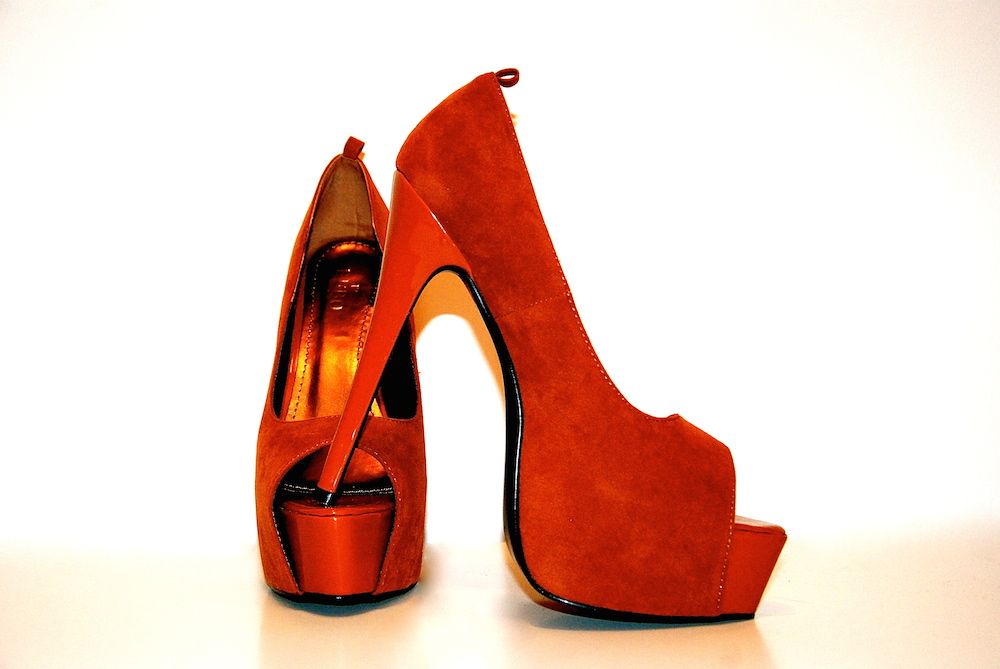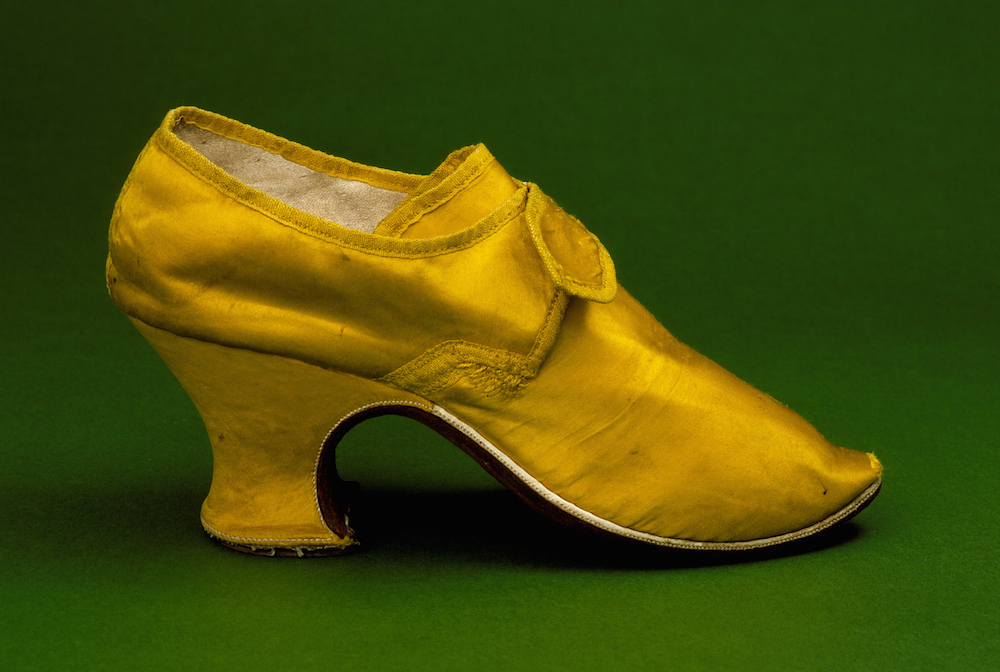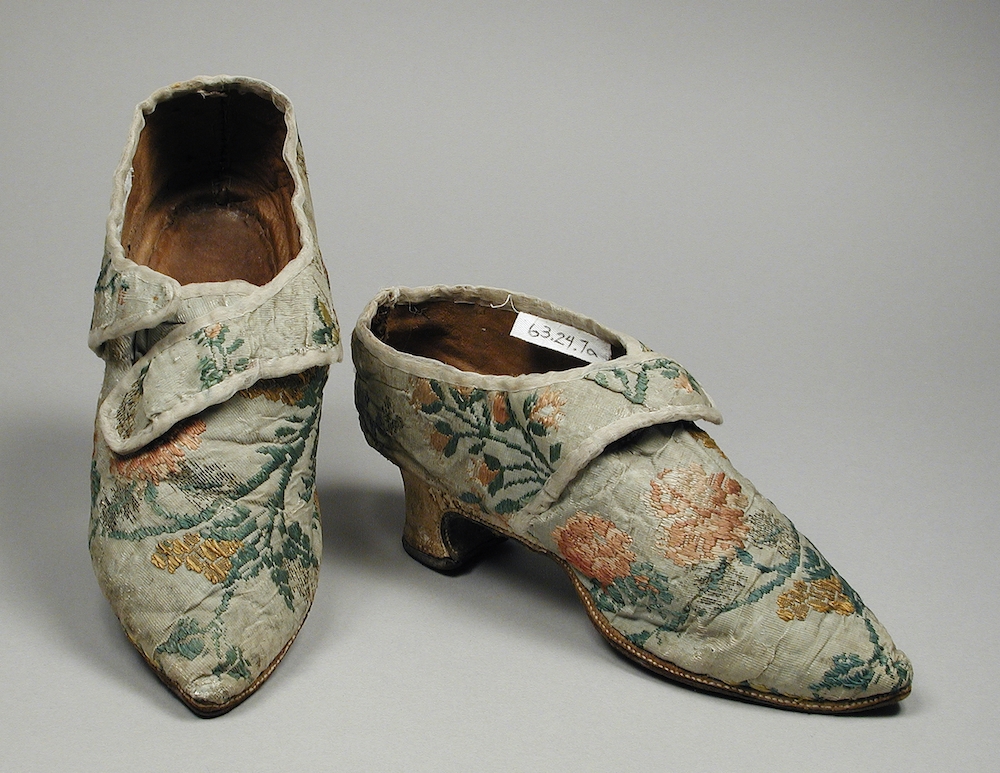As one of the most desirable shoe styles on the market, high heels have become a staple in fashionable wardrobes of women everywhere. Their ever-evolving design and increased comfort have kept them accessible and stylish for decades. However, it wasn’t always smooth sailing for this shoe. The notions, cultures, and significance behind high heels may surprise you!

Heels in Ancient Times
Even though most citizens wore sandals, the first precursor to the modern high heel can be traced to Ancient Egypt. Murals dating from 3500 B.C. show the first depiction of heeled footwear being worn by the higher classes. It is believed that men and women wore these shoes for ceremonial purposes, and possibly as a symbol of status. Butchers eventually adopted the style, using them to walk above the blood of dead animals. We currently think of heels as a symbol of fashion, but the Egyptians put the shoes to work.
Attachments in Europe
Another precursor to the heel emerged during the Middle Ages. Wooden soles, called pattens, were attached to expensive footwear when used outdoors. These soles elevated the shoe to keep it out of the mud and other street debris, and it is believed these were the inspiration for several styles of clogs. However, it wasn’t until the early 16th century that heels ditched the role of attachment and became a part of the actual shoe.
When raised heels were implemented into the shoemaking process during the early 1500s, their popularity grew rapidly. Footwear with raised heels began functioning as riding shoes. They kept male and female riders from slipping in their stirrups, eventually giving way to the modernized cowboy boot. But up until this point, heels were primarily for function, not fashion.
The Power in High Heels
The formal invention of high heels didn’t occur until 1533, when 14 year-old Catherine de Medici was soon to wed the future King of France. Being in direct competition with the Duke’s taller mistress, she asked a cobbler to craft a 2” heel for her wedding day to boost her less than five-foot frame. The shoes were an astounding success, and Catherine was known as the woman who set the rage in Paris for high heels during the 16th century.

High heels soon became associated with privilege in France. Both men and women wore heels, and the footwear began to signify a dividing line between classes. It was at this time that the term “well-heeled” developed to describe those with wealth and power.

During the early 18th century, the desire for heels reached new highs. Heels became taller and more slender, in some cases adding a delicate curve to the design. They sculpted the female body to make it appear more aristocratic, pure, and desirable.
However, in 1791, Napoleon put a ban on high heels to establish equality among the people of France. Short wedges and the spring heel, which was a single layer of leather, replaced the popular piece of fashion for decades. Shoes were barely elevated off the ground, and shoemaking focused on crafting comfort during this period.

The Reemergence of the High Heel
High heels emerged again as the sewing machine became more accessible in the 1860s. Combining comfort, fashion, and variety was now possible, and the high heel craze swept to America as designers mimicked European fashion. Even with critics claiming the shoe as too “sexually aggressive,” the United States opened its first heel factory in 1888. With its overwhelming success and affiliation with high fashion, high heels were here to stay!
Be sure to check out our favorite modern selections at The Shoe Spa!